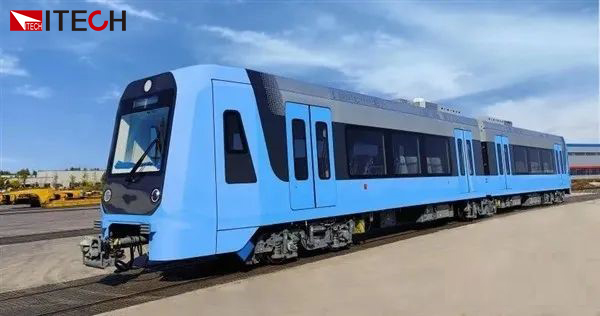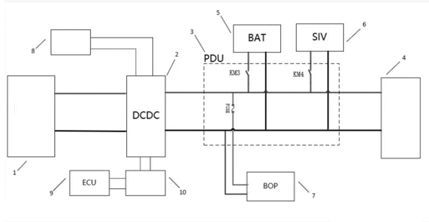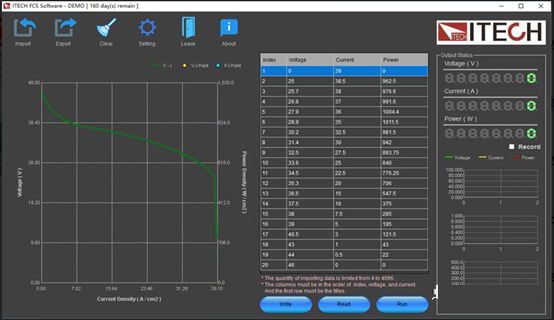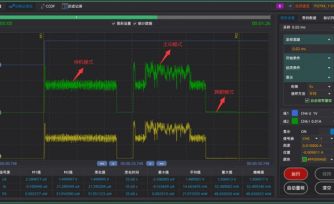The rapid rise of hydrogen energy rail trains, ITECH helps industrial layout
Hydrogen energy rail transit Hydrogen fuel cells are widely used in commercial vehicles such as passenger cars, logistics vehicles and heavy trucks. In recent years, hydrogen energy batteries have also achieved good results in rail trains and have entered a period of rapid development. At the end of December 2022, the world's first hydrogen energy urban train rolled off the assembly line at Chengdu CRRC Changke Base; on March 27, the domestic hydrogen fuel articulated light rail vehicle debuted in Beijing for the first time, with a speed of up to 200 kilometers per hour, and the hydrogen energy rail train entered the high-speed Times; On April 12, West Japan Railway Company announced that it will develop trains that use hydrogen fuel cells as the main power source.
Due to its superior performance and the advantages of energy saving and environmental protection, fuel cell technology and products have natural advantages in introducing rail transit systems. More and more companies around the world have begun to deploy hydrogen energy rail transit.

As the core of the hydrogen energy rail train - the output characteristics of the fuel cell stack are affected by the acceleration, deceleration and start-stop conditions of the vehicle. When the electric drive consumes a large amount of current from the fuel cell stack, the voltage of the fuel cell stack will decrease or even drop suddenly instead of maintaining a stable output. The relationship between voltage and current is called the fuel cell polarization characteristic. It is precisely because of the above characteristics that most motors are difficult to adapt to their voltage characteristics, so they must be used in conjunction with a DC/DC booster module to ensure the stability of the motor drive voltage.

Electrical system architecture of hydrogen fuel cell for rail transit
Therefore, in the research and development stage of the DC-DC boost converter, it is necessary to fully consider the influence of the polarization characteristics of the front-end fuel cell on the performance of the DC-DC module. The general DC power supply can only provide a constant voltage output, but cannot follow the change of the current; If a real fuel cell is used, it needs to be combined with a hydrogen storage tank and a power meter to form a complex test bench, which is complicated to operate and the test cost is high.
In order to improve the testing efficiency of engineers in the R&D stage, ITECH has launched a complete fuel cell simulator solution, which consists of a high-speed programmable DC power supply IT6000B/C equipped with a professional FCS3000 fuel cell characteristic curve simulation software, which can provide voltage output up to 2250V/ 2040A/1152kW, improve test efficiency and reduce cost.
FCS3000 fuel cell simulation software
FCS3000 software provides table mode, users can import the fuel cell polarization curve data (max: 1024 points) to be simulated through .csv file, in order to easily and quickly verify the effect of different power levels and different characteristic curves on the performance of DC-DC converter. In the experiment, FCS3000 software will control the fuel cell simulator to change the output voltage according to the polarization curve in real time, and record the voltage, current and power parameters to provide key data for engineers' experimental research.







